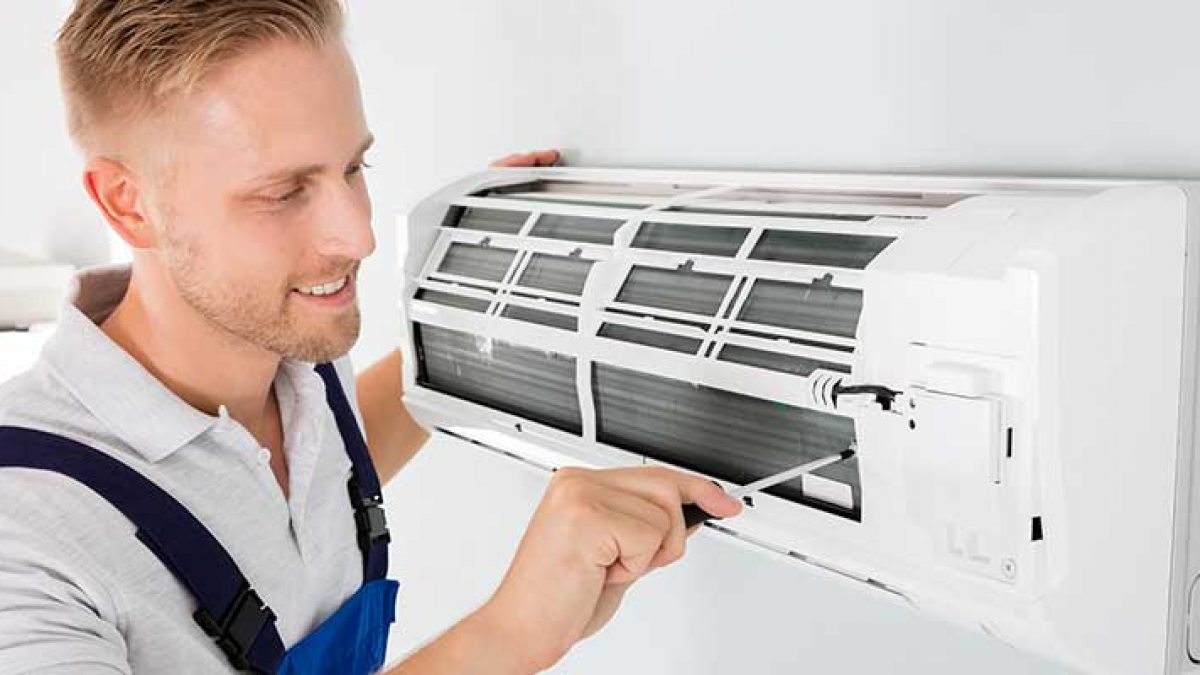Solar air conditioningrefers to any air conditioning cleaning brisbane southside (cooling) system that uses solar power. A liquid or even a gaseous material both accumulates on the surface of a solid, porous substance (adsorption) or is taken up by a liquid or a stable material (absorption for giving the necessary cooling). In certain functions supply air is straight conditioned, i.e. handled with regards to heat and moisture

That thermally pushed chilling and air-conditioning process is in the middle of each solar cooling system. The key principle of Sorption Helped Air Training is shown in the graphic here. The solar energy can be used to dehumidify the sorbent.
This can be a 9 stage process. In Period one to two, Sorptive dehumidification of outside air happens with simultaneous increase in temperature through the liberated adsorption heat. Then your air is cooled in the warmth reclamation rotor in the countercurrent to the exhaust air (stage 2 to 3). Air is more cooled (Stage 3 to 4) through evaporation-humidification; Ergo the air inflow to the building includes a decrease temperature and less water vapor compared to the outside air. In Point 4 to 5 Heating of the air happens, and if essential addition of water vapor. Then throughout Stage to 6 building’s exhaust air heat is reduced through evaporative chilling in the humidifier. This fatigue air is hot (Stage 6 to 7) in the countercurrent to the air inflow in heat reclamation rotor. The fatigue air is further hot (Stage 7 to 8) through additional heat places (i.e. solar thermal system). Ultimately in Stage 8 to 9 Sorption Rotor is Regenerated through the desorption of the bound water.
Open-cycle techniques are far more beneficial in houses with high humidity loads and high air change rates. The installing ducts for the supply air and the get back air, as well as a heat recovery device is required. In that, the surface air is dehumidified through sorption and is then taken to the desired heat by temperature recovery in addition to direct and indirect evaporative cooling. Generally dehumidifying is accomplished in a rotor containing the desiccant product silica serum or lithium chloride, but increasingly fluid desiccants (desiccant substance: lithium chloride) are increasingly being tried. In these methods the solar heat is required for the regeneration of the absorption/adsorption unit.
Closed-cycle desiccant evaporative cooling programs are based on the techniques of Adsorption (based on strong desiccants like silica serum or Zeolites with water as refrigerant) or Consumption (where desiccants are water ex. product couples of lithium bromide as desiccant and water as refrigerant, or water as desiccant and ammonia as refrigerant, wherever subscription Zero temperatures may be required).
In real exercise, solar collectors are accustomed to change solar radiation to temperature that’s then provided into a thermally driven chilling method or in to a direct air-conditioning process. Especially in particular programs, as an example for chilling drugs in distant areas that aren’t linked to the grid, a photovoltaic turbine turns solar radiation to solar powered energy that then pushes a refrigeration method – often in the form of a compression chiller.
There has been considerable developments in the area of solar-assisted heating and cooling and earth over this technology will be fast attempted and adopted.
Recently Solar thermal World Magazine described that India’s newest and possibly greatest solar thermal based air-conditioning process gone functional at Muni Seva Ashram (MSA) in Goraj, located in the Vadodara district of Gujarat state in western India. A total of 100 parabolic recipes (Scheffler type) by the Indian company Gadhia Solar Power Programs (GSES) – each 12.5 m2 in size – now supply the presently existing 100-ton air-conditioning process of the 160-bed clinic at Muni Seva Ashram. While planning a SAC system and for knowing their performance the key points to see would be the Load Profile, External conditions & humidity.
